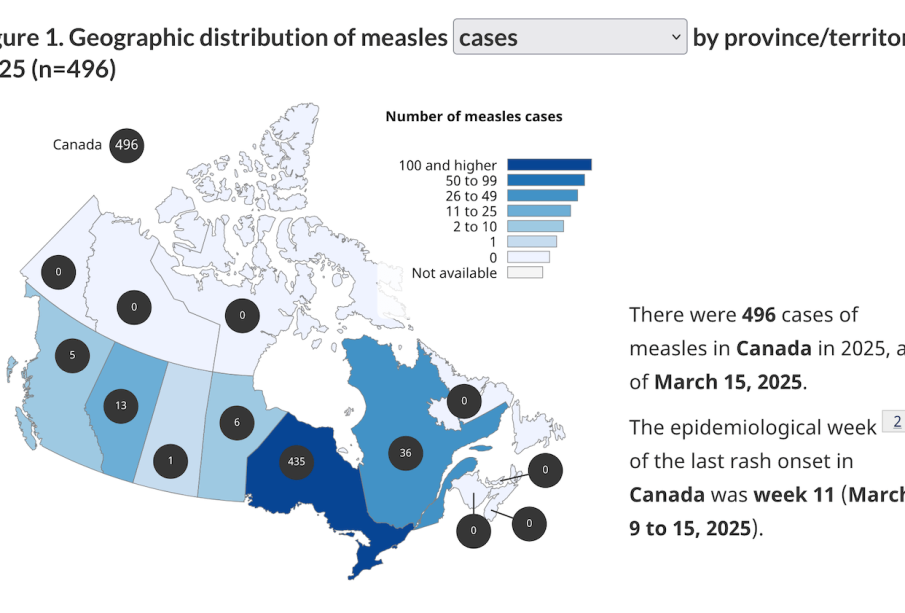Understanding the Recent Measles Outbreaks in Ontario

Introduction
Measles outbreaks in Ontario have surged in recent months, raising significant alarm among health officials and the public. The resurgence of this highly contagious virus poses a serious threat to community health, particularly as vaccination rates are reported to have declined in certain areas. Understanding the causes, trends, and implications of these outbreaks is crucial for ensuring public safety and health.
Current Situation
As of October 2023, Public Health Ontario has reported multiple cases of measles across different regions of the province, notably in urban centers like Toronto and Ottawa. The outbreaks have been primarily linked to unvaccinated individuals or clusters within under-vaccinated communities. For instance, the recent outbreak that began in early September resulted in at least 30 confirmed cases, prompting local health units to issue vaccination advisories.
Health officials have emphasized that measles is a preventable disease, largely manageable through vaccination. Despite the availability of effective vaccines, the immunization rate in certain neighborhoods has dropped below the herd immunity threshold of 95%, thereby increasing the risk of outbreaks. The reasons behind the declining vaccination rates are varied, with misinformation about vaccine safety and access to healthcare services being primary concerns.
Public Response and Health Measures
In response to the outbreaks, health authorities have launched extensive public awareness campaigns to educate residents on the importance of vaccination, particularly targeting schools and community centers where misinformation may circulate. Additionally, pop-up vaccination clinics have been established in high-risk areas to improve access and encourage individuals to get vaccinated.
Moreover, the Ontario government has reinforced its commitment to immunization programs, ensuring funding for public health initiatives that aim to increase vaccination rates across the province. Local health units are working closely with community leaders and organizations to address parents’ concerns and to build trust in the safety and efficacy of vaccines.
Conclusion
The recent measles outbreaks in Ontario serve as a stark reminder of the importance of maintaining high vaccination rates to protect public health. As health officials work tirelessly to curb these outbreaks, it is essential for communities to remain informed and proactive about vaccination. The goal is clear: to prevent future outbreaks and safeguard the health of all Ontarians. Ongoing education and outreach will be key to achieving robust immunization coverage, especially in vulnerable communities. The future of public health in Ontario depends significantly on collective efforts to prioritize preventive healthcare.








